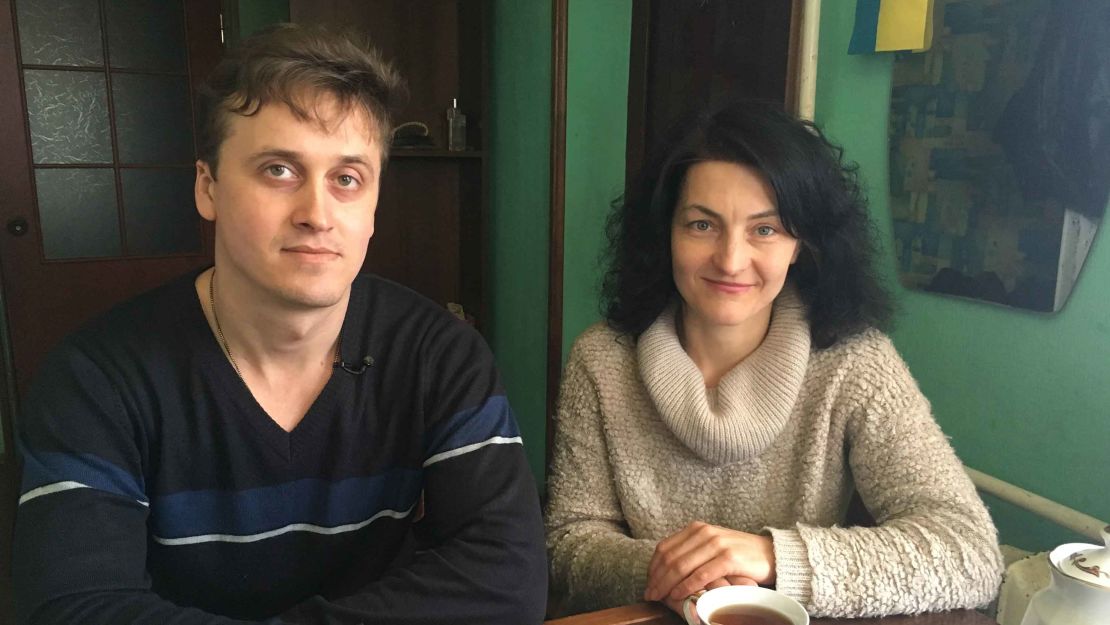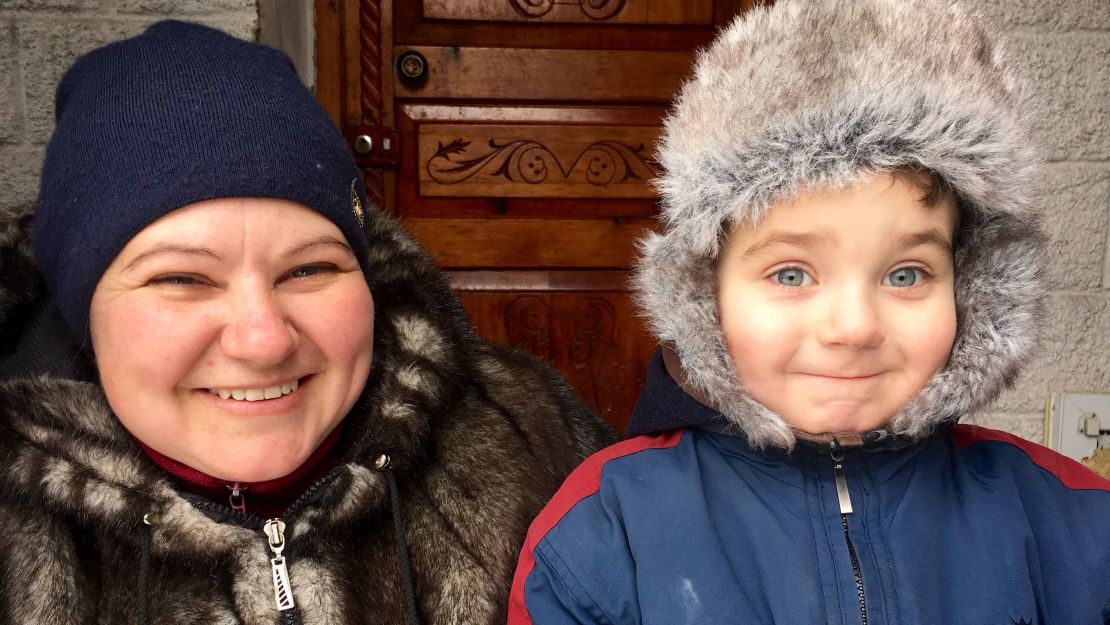Story highlights
Eastern Ukraine has been ravaged by war since pro-Russian rebels seized government buildings in 2014
Fighting in the region has escalated in the early days of Donald Trump's presidency
Mariika Savkevich plays her family’s old upright piano with practiced skill and intensity, her music defying the war that is being fought just down the road.
The 11-year-old smiles at the applause she receives – she is proud of her performance. But she is also too traumatized to be left in a room by herself.
“After this recent shelling, Mariika is afraid to go alone to the toilet,” her mother Svetlana explains. “She’s also afraid to go in other rooms alone.”

As their children play next door, Svetlana and her husband Oleksii drink tea at their kitchen table and talk of the war raging outside.
Through windows closed tightly against the bitter winter cold, artillery blasts echo constantly over their neighborhood.
Why Ukraine feels abandoned by the West
The Savkevich family live in what is known as the old town of Ukrainian-controlled Avdiivka: Long parallel streets, and rows of small, one story, simple cottages.
Their home has a children’s jungle gym out front. A recently built snowman watches over the back yard.
Other houses in the neighborhood are pock-marked and torn open, their interiors exposed after years of indiscriminate shelling.
“It’s like roulette. [You don’t know] when the shell can hit your house,” Oleksii says. “It’s very dangerous for the psychology of the children.”

Last week the family was woken in the middle of the night by explosions nearby, as the most intense shelling in two years rained down on Avdiivka.
Oleksii, Svetlana, Mariika and eight-year-old Danilo huddled together in one bedroom and waited for the bombardment to end.
Fighting intensifies in eastern Ukraine
It was a calculated gamble. Usually they would shelter in the basement among their stored possessions and big jars of pickled vegetables. But in the depths of Ukraine’s winter, temperatures in that underground space are far below freezing.
“One of the shells fell on our street, not very far from us,” Oleksii says. “So we understood it is dangerous.”
The next night they stayed with Svetlana’s sister in a flat in the center of town, a part of Avdiivka where shells fall less frequently.

This has been the rhythm of this family’s life since the war evolved in the first half of 2014: They endure the violence as long as it stays close to the frontline, but when shells fall among their neighbors’ homes, they flee.
Even after the recent fighting subsided, it took days for power to be restored, though fortunately their home’s gas heating was uninterrupted.
The family passed the time reading books by candlelight, and Mariika and Danilo performed improvised plays based on the stories.
War in Ukraine: How we got here
Oleksii and Svetlana say their children have been resilient through almost three years of war, but they are worried about what they and other youngsters in the community have come to accept as normal.
“It’s not a good situation when I see a football match where children are playing and somewhere on the outskirts we hear some bombing, some shells and nobody reacts to this,” Oleksii says.
The family speaks with a stoic optimism: Their ultimate hope is peace, but for now they will settle for a return to conditions before the latest escalation.
“This we could live with,” Svetlana says.
CNN’s Dominique van Heerden contributed to this report.







